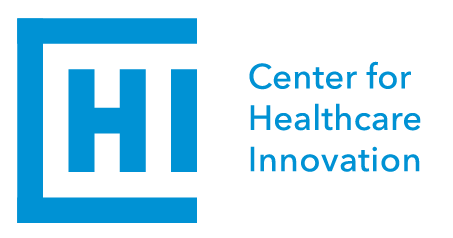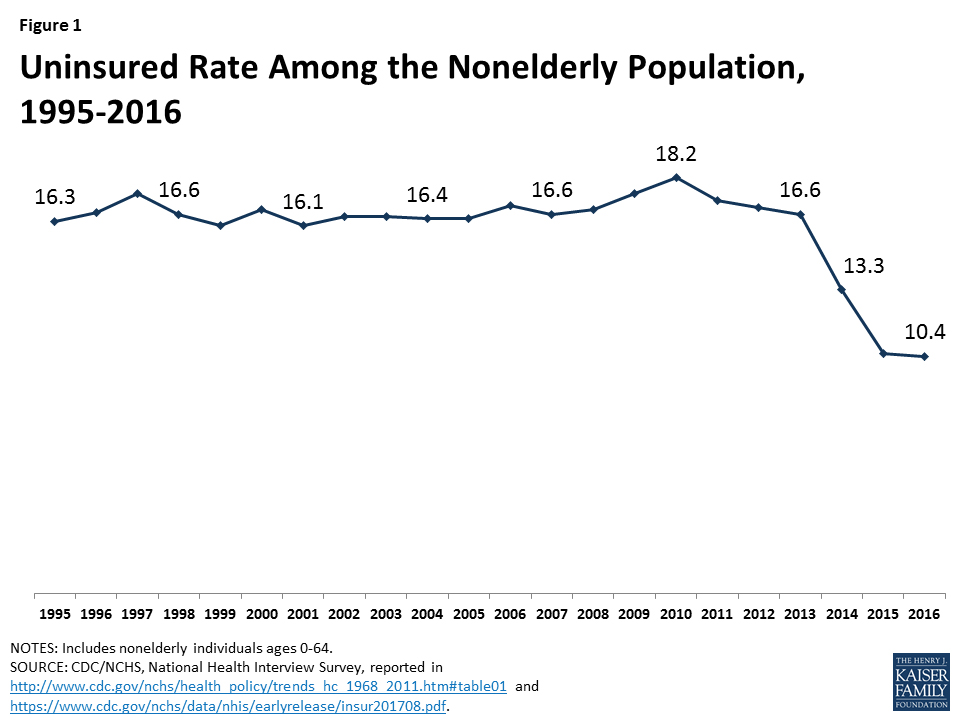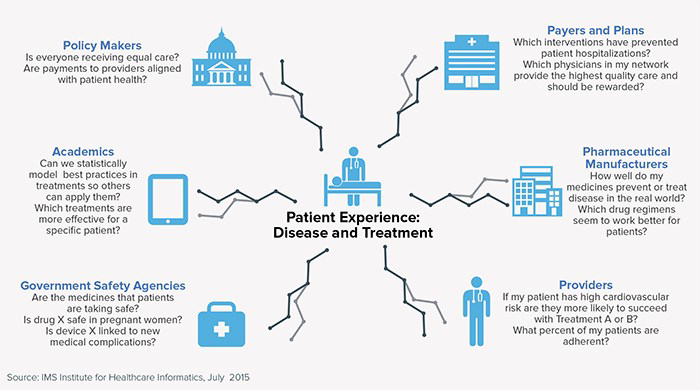The State of Healthcare in Aurora

The State of Healthcare in Aurora
October 2017 | White Paper
To view the full report, please click on the "download" button to receive a full PDF copy.
Key Insight
“Increased communication, coordination, and ultimately collaboration can lead to deploying healthcare resources in a way that reduces redundancies and fills gaps."
Introduction
A study conducted by Harvard Medical School and Cambridge Health Alliance found that uninsured, working-age Americans have a 40% higher risk of death than their privately insured counterparts, an increase from the 25% excess death rate found in 1993.(i) In Aurora, according to recent data, some estimates indicate that approximately 11% of Aurora residents remain uninsured, and this number is undoubtedly higher given the number of undocumented, non-eligible residents.
When treatment for a simple broken leg can cost up to $7,500, having adequate health insurance coverage is key to minimizing the cost of care to patients as well as ensuring that patients seek proper care when it is needed. If Aurora increases its coverage equal to the national average of 91% coverage of total population, from its current 89% coverage, an estimated additional 7,000 residents would be covered and more likely to receive proper healthcare at times of need.(ii)
"If Aurora increases its coverage equal to the national average, an estimated additional 7,000 residents would be covered."
Even for patients with adequate insurance, navigating the options for healthcare delivery can be a daunting and costly prospect. For common ailments such as allergies, sore throats, and sinus infections, the difference between emergency rooms and urgent care centers can reach up to 6 times as expensive, and over-utilized emergency rooms can have waiting times exceeding 4 hours while the local urgent care facility can be under one hour.
With the cost of a physician visit frequently cited as a barrier to receiving care, patients’ understanding of the available resources can play a crucial role in delivering timely, cost-effective, and appropriate care to patients. For the Aurora community, five challenges must be overcome to deliver the right care at the right time for patients.
Increase the number of insured residents
Increase the use of primary care physicians and annual exams
Reduce the number of unnecessary emergency room visits
Help create better-informed, more literate, and empowered healthcare consumers
Increase communication, coordination, and collaboration across the healthcare community
By addressing and overcoming these challenges together, the Aurora community will become a healthier place to live, work, and thrive in.
Key Statistics and Infographics
Fig. 1. Percentage Point Change in Uninsured Rate among the Nonelderly Population by Selected Characteristics, 2013-2016. Graph from Henry J. Kaiser Foundation, Key Facts About the Uninsured Population, September 19, 2017
Fig. 2. Uninsured Rate Among the Nonelderly Population, 1995-2016. Graph from Henry J. Kaiser Foundation, Key Facts About the Uninsured Population, September 19, 2017
Fig. 3. Barriers to Health Care Among Nonelderly Adults by Insurance Status, 2016. Graph from Henry J. Kaiser Foundation, Key Facts About the Uninsured Population, September 19, 2017
Fig. 4. Connected Healthcare. Graph from IMS Institue for Health Informatics, Closing the Healthcare Gap: The Critical Role of Non-Identified Information, March 2016
To view the full report, please click on the "download" button to receive a full PDF copy.
Authors
Joseph Gaspero
CEO & Co-Founder at CHI
Joshua Limp
Senior Project Manager at CHI
EVENT SPONSORS






